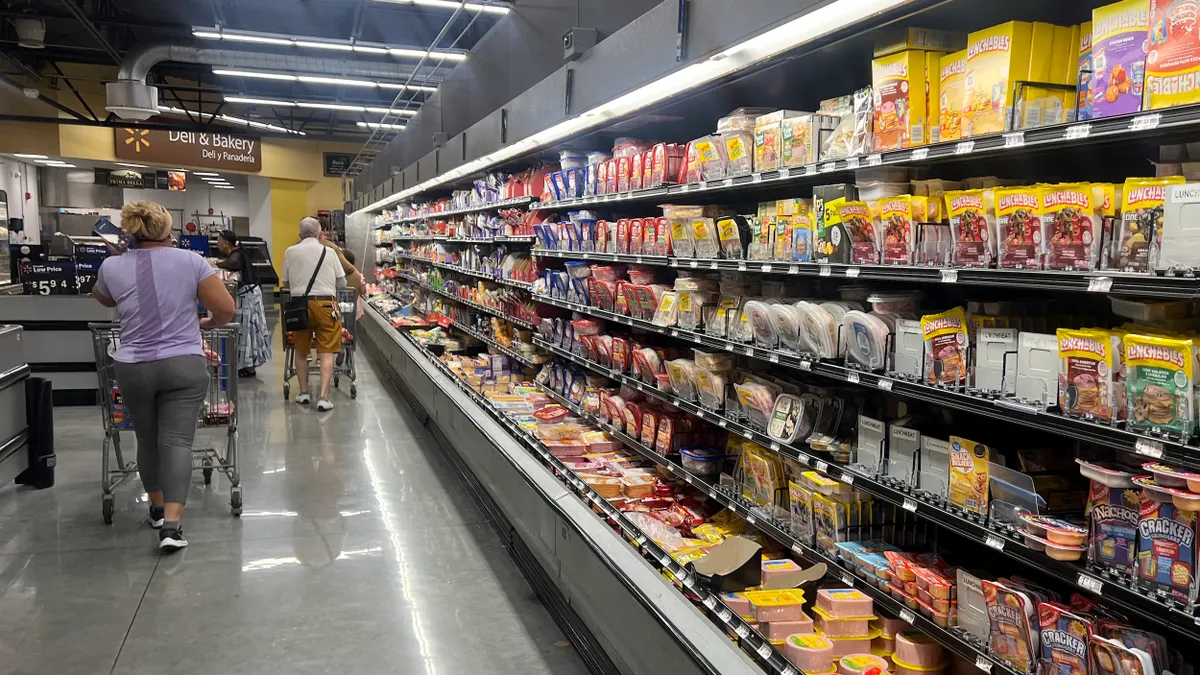Quick Facts
China's Import Policies
-
Year effective:
2018
-
Number of material types banned:
24
-
Contamination standard for bales:
0.5%
Regional effects:
Mixed paper and mixed plastic cut from recycling programs in multiple states. Small amount of material going to disposal in some areas. Reports of stockpiling in others. Market options tightening around the country.
Financial effects:
Nationwide drop in prices for many commodities. Temporary drop in stock prices for industry's top companies in October. Higher recycling costs for municipalities and businesses in multiple states.
No actions from any one company or city, however bold or surprising, have captured the industry's attention in 2017 more than China. The global giant's outsized pull in commodity markets has always been an underlying factor, especially for the U.S. Now, its shifting trade policies have forced more self-examination within the recycling world than anything has in years.
Early 2017 saw some discussion of how the country's National Sword smuggling crackdown was slowing imports, but prices for most commodities were still good and material was moving. It wasn't until May and June that chatter increased about something bigger coming. Industry observers began to worry and, in July, their worst fears were realized when China filed plans with the World Trade Organization (WTO) to ban 24 types of material by the end of the year.
As details began to emerge in August it became clear that the country might also begin enforcing a 0.3% contamination, described by just about everyone in the industry as a virtual ban itself, and also cut back on third quarter import licenses. In September, OCC prices plummeted and stock prices of the industry's major publicly traded companies followed in early October.
Data
U.S. OCC Exports to China
Compared to 2016, China accepted 17.8% fewer metric tons of OCC through September 2017
Source: ISRIDuring this time, China was an unavoidable part of any conversation in the industry and common themes emerged. For all the doom and gloom from some corners, there was conspicuous denial from many others. For all the talk of needing to clean up bales, there was a defensive reaction from MRFs that their bales weren't the problem. It was careless consumers who needed to pay more attention or government agencies that needed to do more outreach.
For all the recognition of President Xi Jinping's broader environmental goals, there was plenty of skepticism about whether they could be achieved in such short order. For all the talk among "zero waste" advocates about the need to double down on their efforts, and expand domestic processing capacity, there was plenty more about finding new foreign markets to help maintain the status quo.
Opinions changed by the week and none were mutually exclusive. Evolving details have made it impossible for anyone to claim expert status.
By late October, when both commodity and stock prices began to level out, some of this urgency was tempered in earnings calls and webinars. A small degree of further relief was provided when China announced a new 0.5% contamination standard in November, which industry groups say is still too stringent. Though for the most part many analysts and executives still say the worst is over and, depending on whom you talk to, that is still the case as of publication.
Yet effects from around the country show that China's import policies have made it impossible to return to previous norms, at least in the near future. The topic has officially become a part of international dialogue between the U.S., E.U. and others. It has shed a light on the volatility of export markets and the dearth of domestic ones. It has reignited the debate about whether making single-stream the de facto universal recycling policy was the best move. It has led to cutbacks in some recycling programs, mainly in rural areas, and highlighted the lack of a clear responsibility to provide those services when finances get tough. It has intensified the conversation about both worker safety and automation, as MRFs try to improve their streams. It has made at least some members of the public think about what happens after their material hits the curb.
Looking Forward
The effects of these policies are still playing out to varying degrees in multiple regions. Much is still unknown, about how strictly contamination standards will be enforced or when new import licenses will be granted. In the meantime, industry professionals are finding consensus around the need to produce cleaner material and strengthen local infrastructure.
Whatever happens next, there is no way the recycling industry won't still be talking about China's import policies heading into 2018.










